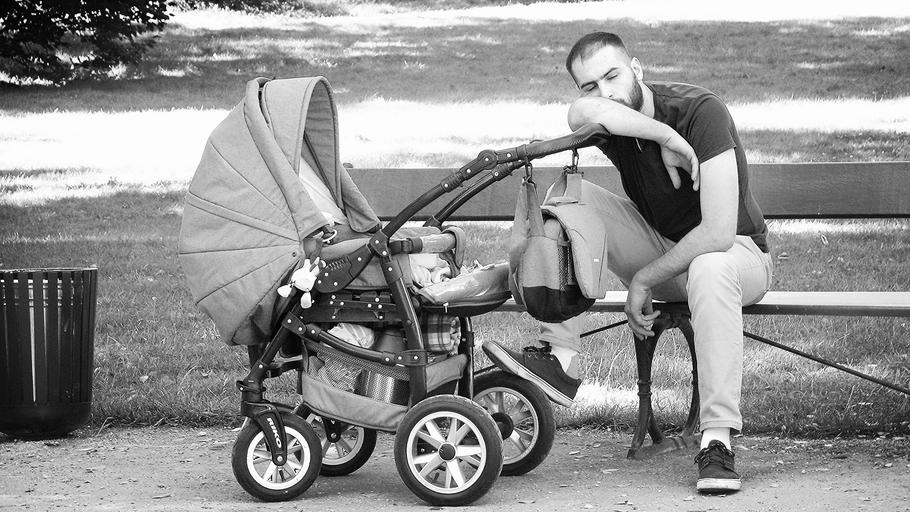MAKE A MEME
View Large Image

| View Original: | I'm_a_great_dad...I_love_you_unconditionnaly_...but_please_start_to_sleep_at_night_!!!.jpg (3254x1830) | |||
| Download: | Original | Medium | Small | Thumb |
| Courtesy of: | www.flickr.com | More Like This | ||
| Keywords: varsovie pologne warsaw poland travel voyage summer tourism tourisme noir blanc noir et blanc noiretblanc black white humour humor drôle funny trip blackandwhite monochrome vehicle bike outdoor black and white Łazienki Park (Polish: Park Łazienkowski or Łazienki Królewskie: "Baths Park" or "Royal Baths"; also rendered "Royal Baths Park") is the largest park in Warsaw, Poland, occupying 76 hectares of the city center. The park-and-palace complex lies in Warsaw's central district (Śródmieście) on Ujazdów Avenue, which is part of the "Royal Route" linking the Royal Castle with Wilanów Palace to the south. North of Łazienki Park, on the other side of Agrykola Street, stands Ujazdów Castle. Originally designed in the 17th century as a baths park (hence the name) for nobleman Stanisław Herakliusz Lubomirski, in the 18th century Łazienki was transformed by Poland's King Stanisław August into a setting for palaces, villas, classicist follies, and monuments. In 1918 it was officially designated a public park. Łazienki is visited by tourists from all over Poland and the world, and serves as a venue for music, the arts, and culture. The park is also home to peacocks and a large numbers of squirrels. Łazienki Park (Polish: Park Łazienkowski or Łazienki Królewskie: "Baths Park" or "Royal Baths"; also rendered "Royal Baths Park") is the largest park in Warsaw, Poland, occupying 76 hectares of the city center. The park-and-palace complex lies in Warsaw's central district (Śródmieście) on Ujazdów Avenue, which is part of the "Royal Route" linking the Royal Castle with Wilanów Palace to the south. North of Łazienki Park, on the other side of Agrykola Street, stands Ujazdów Castle. Originally designed in the 17th century as a baths park (hence the name) for nobleman Stanisław Herakliusz Lubomirski, in the 18th century Łazienki was transformed by Poland's King Stanisław August into a setting for palaces, villas, classicist follies, and monuments. In 1918 it was officially designated a public park. Łazienki is visited by tourists from all over Poland and the world, and serves as a venue for music, the arts, and culture. The park is also home to peacocks and a large numbers of squirrels. | ||||